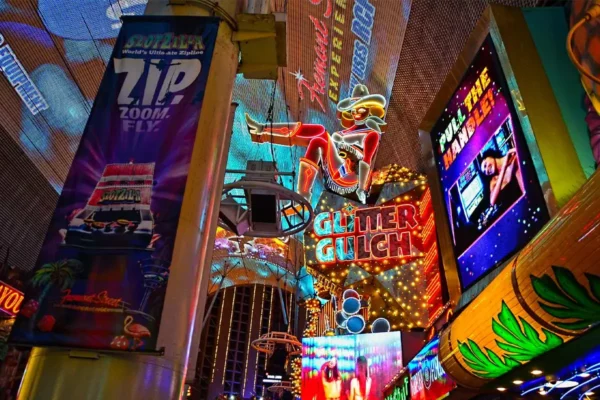Folks who create exhibits wield power. The selection and juxtaposition of objects, use of sensory and emotive media, manipulation of the brand and the dynamic of the experience significantly affects visitor understanding and behavior.
 Designers are shaping meaning that connects people with exhibit content. They are creating a journey that depends on competencies in client awareness, understanding of the visitor and ability to tap into what makes the exhibit subject amazing.
Designers are shaping meaning that connects people with exhibit content. They are creating a journey that depends on competencies in client awareness, understanding of the visitor and ability to tap into what makes the exhibit subject amazing.
Designing exhibits that work for clients and their audiences requires a highly creative and nimble mind to generate exhibit ideas that are surprising and fresh.
There are many exercises to explore audience, narrative, the designed environment and the development process:
1. Start with questions, not answers.
I do this activity with a horse skull, but any object will do. Try a pencil. Practice not developing content or “answers” about the object; instead, generate questions. You’re brainstorming backwards to experience what it’s like to think as freely as a child who asks questions to make meaning of the world. Generating questions reopens that door. Once you begin viewing, touching, smelling and exploring the object and listening to the questions generated by others, you will realize how much there is to wonder about something as seemingly simple as a pencil. Do this exercise as a team. Force yourself to generate questions, not content, and you will get right to its essentials.
2. See the stories around you.
New York bodegas are unique to their local cultural communities: Mexican or Indian, Korean or Chinese – cultures recognized via products, ads and the people who shop and socialize there. This exercise is to see and interpret the stories that the humble bodega “tells us” about its neighborhood, people, rituals, economics, religions, beliefs and lifestyles. Just like exhibitions, bodegas incorporate objects, juxtaposition, content and a deep awareness of visitor experience. Visit a bodega; explore it; watch and listen to the customers and write a story about your experience. The narrative can be in any format — tense, lyrical and poetic or highly objective, realist or imaginary, funny or serious – but must lead the reader to form a personal connection with it. Make sure it is a place that tells a story about its local community.
3. Look at audiences.
Visit a store and note the people who enter and leave. Observe people, not the design of the space. Identify the type of visitor – ages, cultures, economic status and motivations. You will see “facilitators” who are there to spend time with others, “rechargers” who visit to browse and take a break, or “explorers” who are there to see everything and purchase items. You’ll also see “streakers” who are in and out quickly, “strollers” who browse a little, and “studiers” who shop and stay in the café or lounge area. Look at people in different exhibit and non-exhibit settings, and then see how the successful venues are those that have designed for different audiences.
4. Brainstorm as a team of equals.
Eliminate the giant poster pad and the white board. Brainstorm your exhibit concepts via card sorting. This activity can be quick, simple and will get the team motivated and loose. You have the creative brief, information on the exhibit content, knowledge about the audience and your project objectives. Everyone is equal. There are no wrong answers, no judgments and no hiding in the back of the room. The questions you generated about the pencil in activity No. 1 will be answered. Gather around the table with a facilitator to ask the questions about your exhibit subject and two scribes to take down answers. Generate quick and simple answers. You’ll have dozens before you’ve exhausted the possibilities. As a team, circulate and create groupings of ideas into clusters. Themes or “marriages” of content will appear as you move ideas into logical groupings. Create no more than three main concept groups if possible to serve as the primary organizers of your exhibit. Done right, this exercise reaps tons of ideas that are often times unexpected, leading to strong concepts. It uses everyone’s input and strengths, gets folks up and energized, and is nonlinear to support creative thinking.
5. Design the intangible.
Even in exhibits where we are selling a product or sharing information about objects, mostly, we are communicating an idea. It’s tougher to get to physical design when you need to get the visitor to understand the meaning of something, not just its makeup and usage. Having the creative muscles to quickly shape an environment that conveys an intangible idea that connects with the visitor is what makes a great designer. Take an intangible subject, such as love, freedom or power, and as a team, quickly generate key exhibit concepts and the design approach. Determine the types of visitors your exhibit will have and what their main motivators are; generate your questions about the subject and brainstorm via card sorting. Those concepts will automatically suggest key objects and elements of the environmental experience. Your exhibit design becomes an experience that visitors will remember.
Brenda Cowan is an associate professor and chair of graduate exhibition design at the Fashion Institute of Technology in New York.





























